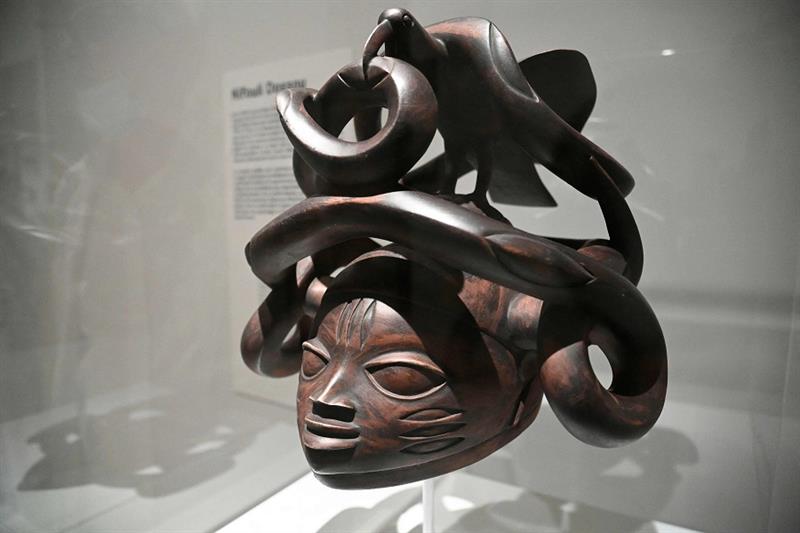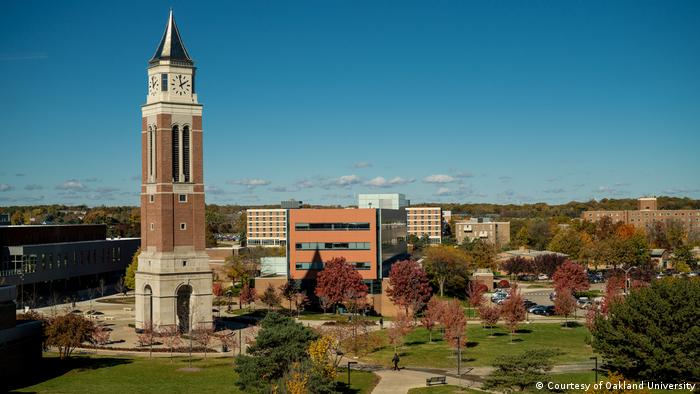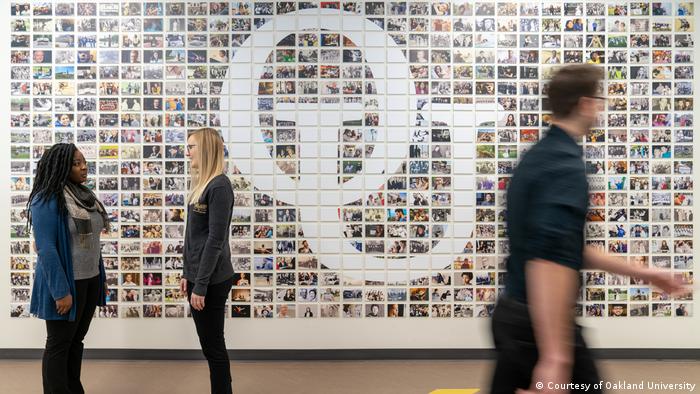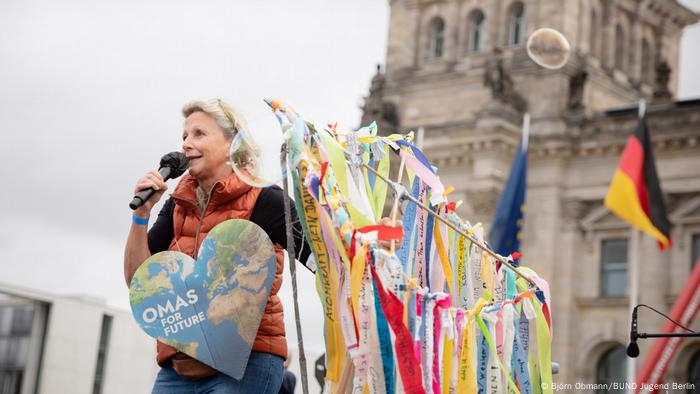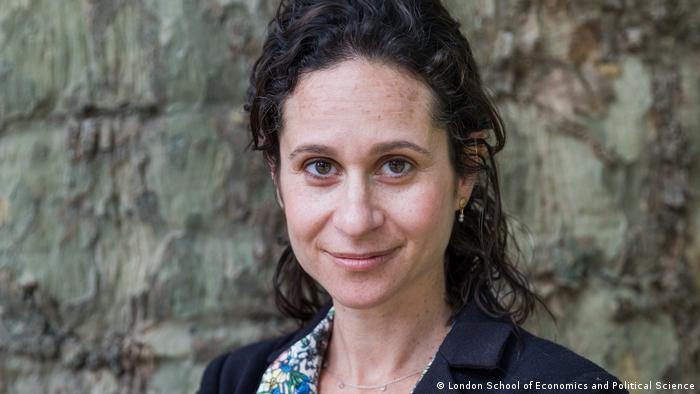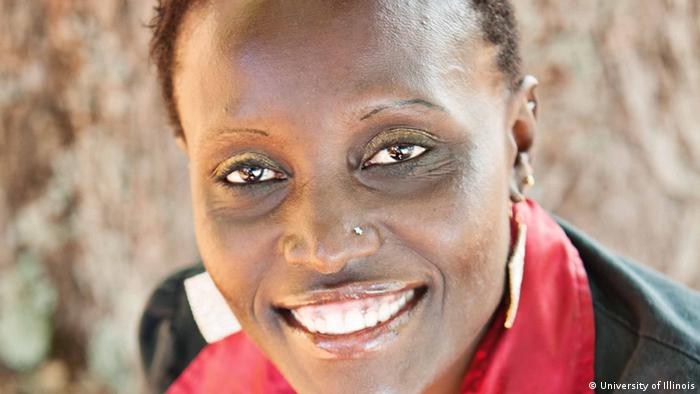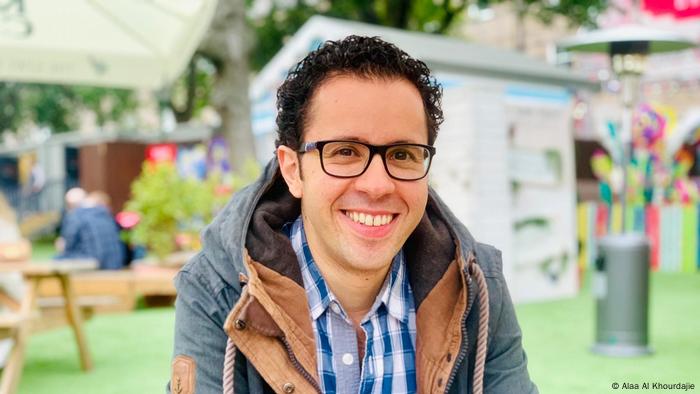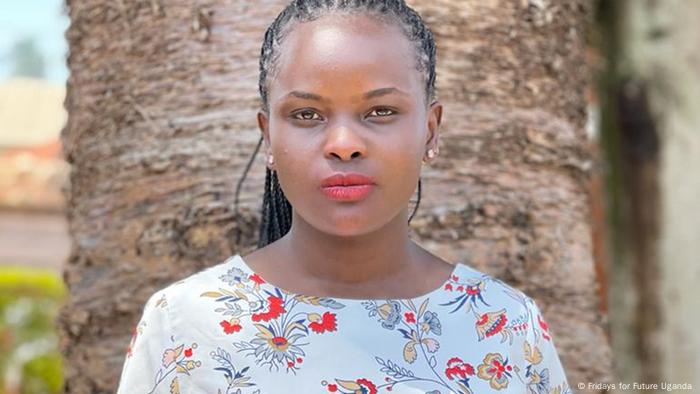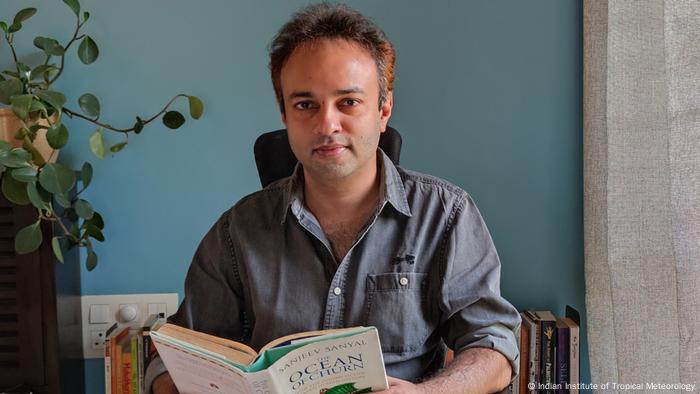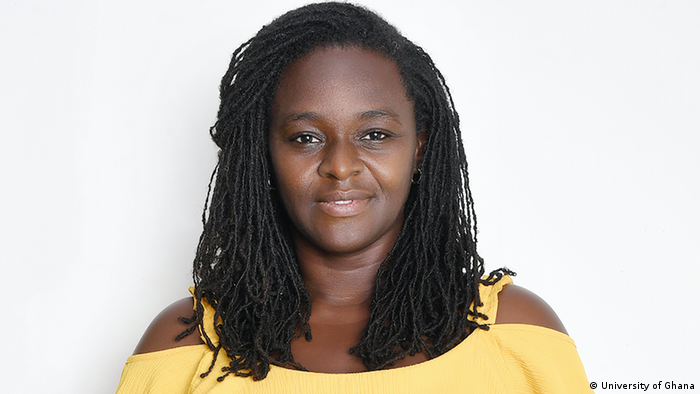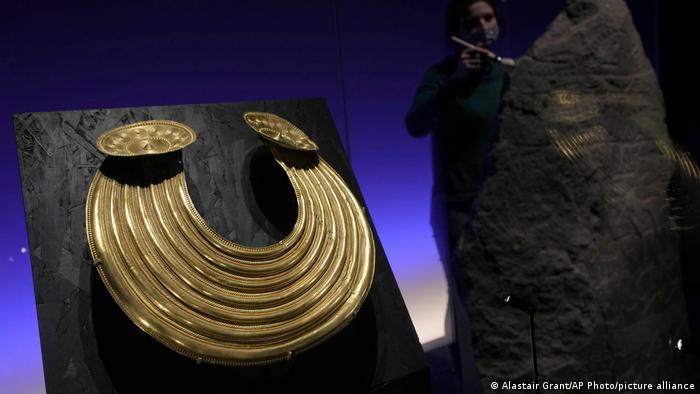Colin Butler - cbc.ca
A London, Ont., woman wants to use an online petition to pressure city council into becoming the latest community in the province to ban hate symbols, such as Confederate flags, from flying within city limits.
The petition was launched in response to a CBC News report on Friday detailing reaction from members of the the Black community. They expressed discomfort and bewilderment about a Confederate battle flag flying atop a 10-metre pole on a rural property on Decker Drive, on the city's southern rim, south of Highway 402.
Melissa Ng said her petition was inspired by Collingwood, Ont., city council, whose members voted unanimously last year to ban the public and private displays of hate within the community, including Confederate flags.
"No hate symbol should be on public display," Ng told CBC News on Friday.
"These kinds of signs and triggers really shouldn't be here. As a normal human who just wants to be ethically good, why would you fly a flag that harms others in the community?"
Ng said she isn't a member of the Black community, but still has strong emotions when she sees a Confederate flag nonetheless.
"It annoys me. It frustrates me and it makes me feel sorry for other people in the communtiy who look at this, and feel fearful and fear for themselves and their children."

© Mike Theiler/ReutersA man carries a Confederate battle flag inside the U.S. Capitol, near the entrance to the Senate. after breaching security defences in January 2021. The flag is often used as a political symbol by far-right extremists and white supremacists.
The flag was carried into battle by white soldiers fighting to preserve slavery during the American Civil War. Since then, it has become an unnerving sight in the hands of white supremacists, who use it as a reminder that anti-Black racism still smoulders in North America 150 years after the conflict ended.
Ng said she hopes her petition will push London councillors into action, especially in a city that made diversity and inclusion a priority since May 2019.
"Part of it is just to get people talking. This is 2022. This really shouldn't be happening around London."
Mayor's office received complaint on Feb. 7
A spokesperson for London Mayor Ed Holder acknowledged the city received a complaint about the flag on Decker Drive on Feb. 7, but law enforcement officials concluded there was nothing that could be done, since displaying one isn't a crime.
"We find the display, and all the flag represents, abhorrent," the mayor's office said in an email to CBC News on Friday.
"The flying of this flag does not contravene the Criminal Code, and therefore, beyond condemning the display, we're unable to take further action."
The spokesperson stopped short of directly answering the question of whether council would follow through with a possible ban, saying the mayor was away.
"It's too little action," Ng said of the response from the mayor's office.
"I get the city is trying to follow whatever system they have. It's old. It's slow moving. It's a dinosaur. We need to make a move on this.
"Stuff like this should not happen."
Politicians quick to condemn flag
Politicians from other levels of government were quick to condemn the Confederate flag after seeing the CBC News report Friday.
Peter Fragiskatos, Liberal MP for London North Centre, was quick to condemn the flag on social media, saying anyone who doesn't understand how it is a symbol of hate "should do their research."
London's three New Democrat MPPs — Peggy Sattler, Teresa Armstrong and Terrence McKenna — issued a joint statement Friday condemning the flag, saying it has no place in the community.
"No racialized person should have doubts about whether they are welcome here in London, nor should they fear for their safety because of their skin colour. The Confederate flag has no place in London or anywhere else," the statement said.
Ng said if the petition doesn't work to make the change at city hall, she will try to launch a similar effort at a provincial or federal level.
"If we can't get it done municipality-wise, we should at least show our solidarity and get it done at other levels of government.
"There is something in the Criminal Code about hate speech, so why don't we have something on hate symbols?"
For more stories about the experiences of Black Canadians — from anti-Black racism to success stories within the Black community — check out Being Black in Canada, a CBC project Black Canadians can be proud of. You can read more stories here.







